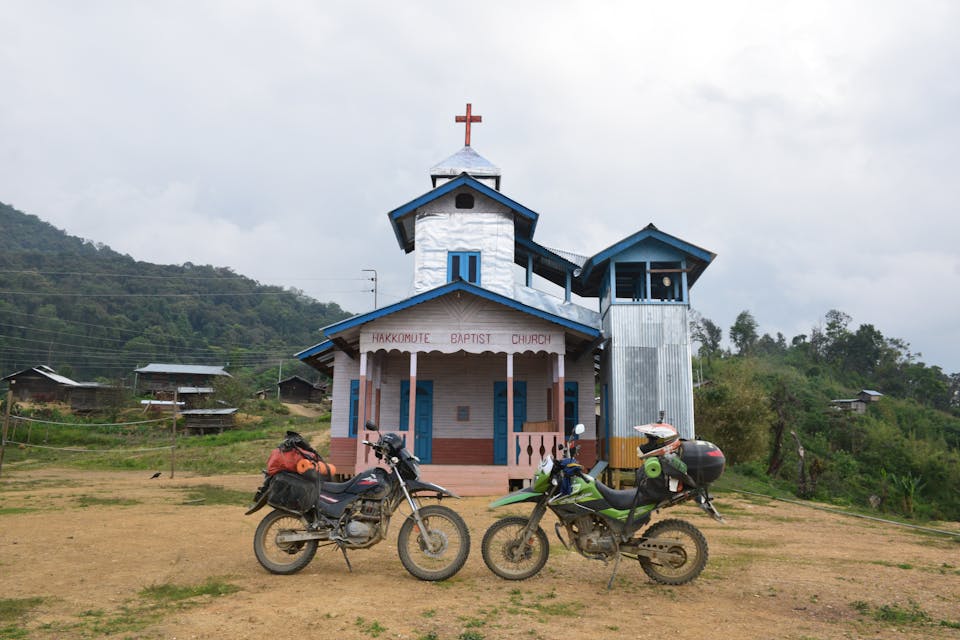Exploring the Lesser-Known Tribes of Nagaland

Nagaland, a state in northeastern India, is a land of diverse cultures and traditions. While it is known for its vibrant festivals and breathtaking landscapes, it is also home to several lesser-known tribes that have preserved their unique way of life for centuries. In this blog post, we will explore some of these fascinating tribes and their rich cultural heritage.
1. The Angami Tribe
The Angami tribe is one of the major tribes of Nagaland, residing in the Kohima district. Known for their agricultural practices and skilled craftsmanship, the Angami people have a deep connection with nature. Their traditional houses, called “khels,” are built on hilltops and offer panoramic views of the surrounding valleys.

2. The Konyak Tribe
The Konyak tribe, also known as the “headhunters,” is one of the most intriguing tribes in Nagaland. They are known for their distinctive facial tattoos and intricate wood carvings. The Konyak people have a rich oral tradition and their stories are often depicted through their vibrant traditional dances and songs.

3. The Ao Tribe
The Ao tribe is known for its strong sense of community and rich agricultural practices. They have a unique social structure with a village council called “khel” that governs the community. The Ao people are skilled in weaving and their traditional attire, adorned with intricate designs, reflects their artistic prowess.

4. The Lotha Tribe
The Lotha tribe is known for its vibrant festivals and colorful traditional attire. They are skilled in terraced farming and are known for their expertise in pottery and basketry. The Lotha people have a strong belief in spirits and their rituals often involve offerings to appease the supernatural beings.

5. The Sumi Tribe
The Sumi tribe is known for its warrior traditions and intricate beadwork. They have a rich folklore that is passed down through generations. The Sumi people are skilled in wood carving and their traditional houses, adorned with beautiful carvings, are a sight to behold.

6. The Phom Tribe
The Phom tribe is known for its agricultural practices and vibrant festivals. They are skilled in bamboo and cane craftsmanship, creating intricate baskets and household items. The Phom people have a strong sense of community and their traditional dances and songs are an integral part of their cultural celebrations.

7. The Chang Tribe
The Chang tribe is known for its traditional farming practices and unique weaving techniques. They are skilled in creating intricate shawls and textiles using traditional looms. The Chang people have a rich musical heritage and their folk songs and dances are a reflection of their vibrant culture.

8. The Sangtam Tribe
The Sangtam tribe is known for its warrior traditions and vibrant festivals. They are skilled in wood carving and their intricate designs can be seen in their traditional houses and artifacts. The Sangtam people have a rich oral tradition and their folk tales often revolve around their heroic ancestors.

9. The Rengma Tribe
The Rengma tribe is known for its agricultural practices and vibrant festivals. They are skilled in pottery and their traditional pots are highly sought after. The Rengma people have a strong belief in spirits and their rituals often involve offerings to appease the supernatural beings.

10. The Zeliang Tribe
The Zeliang tribe is known for its rich cultural heritage and traditional craftsmanship. They are skilled in bamboo and cane weaving, creating beautiful baskets and household items. The Zeliang people have a deep connection with nature and their rituals often involve offerings to the spirits of the forest.

🌿🌍🏞️
Blog: Exploring the Lesser-Known Tribes of Nagaland

